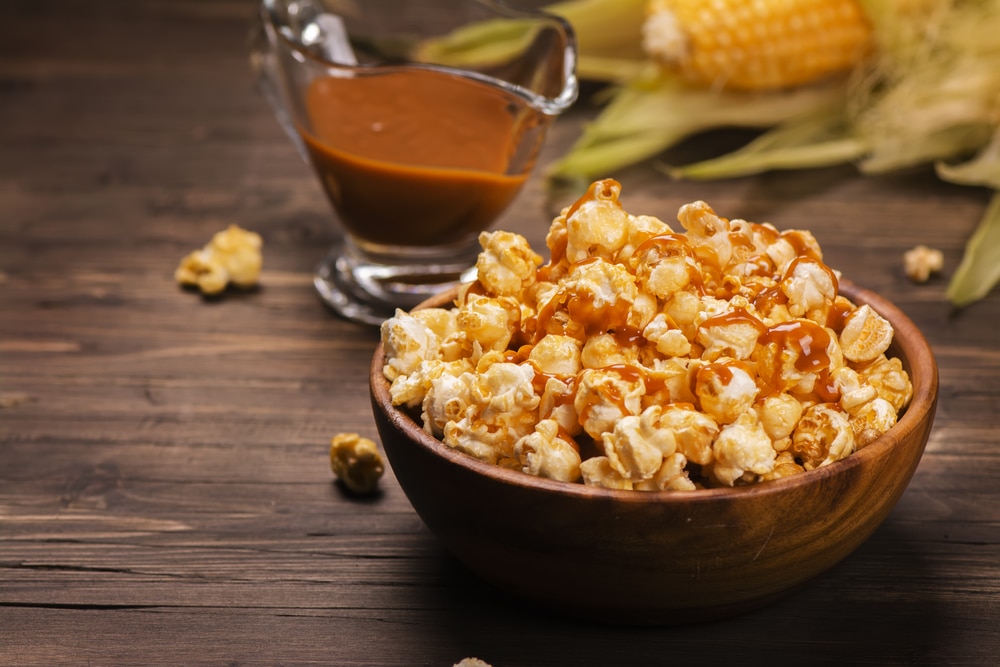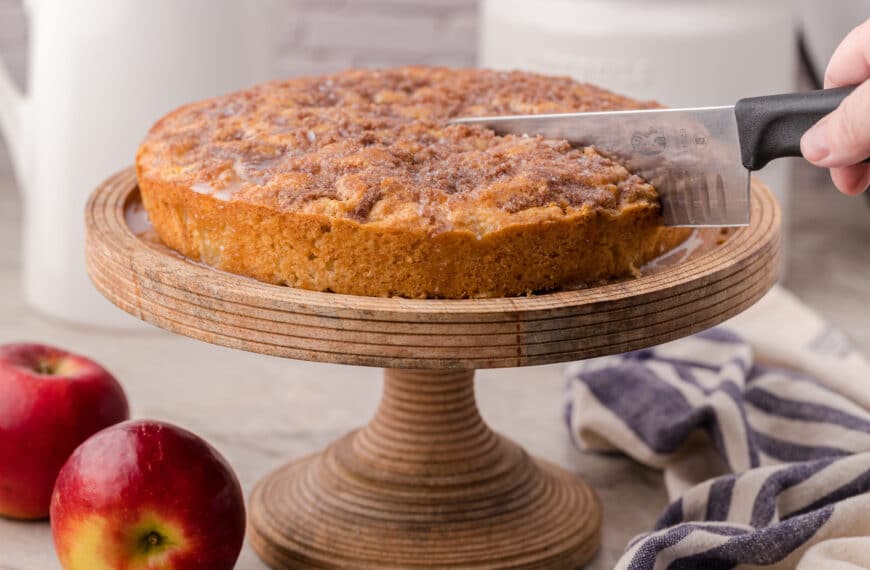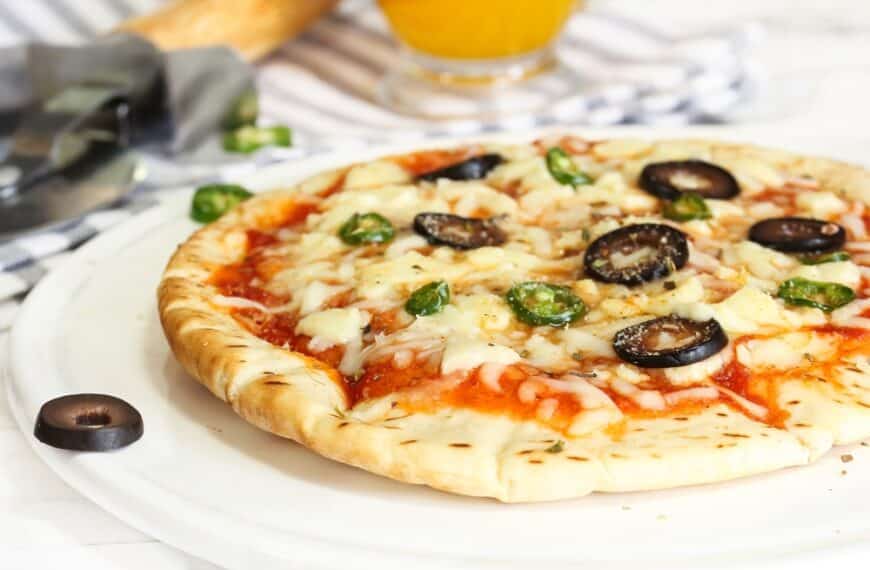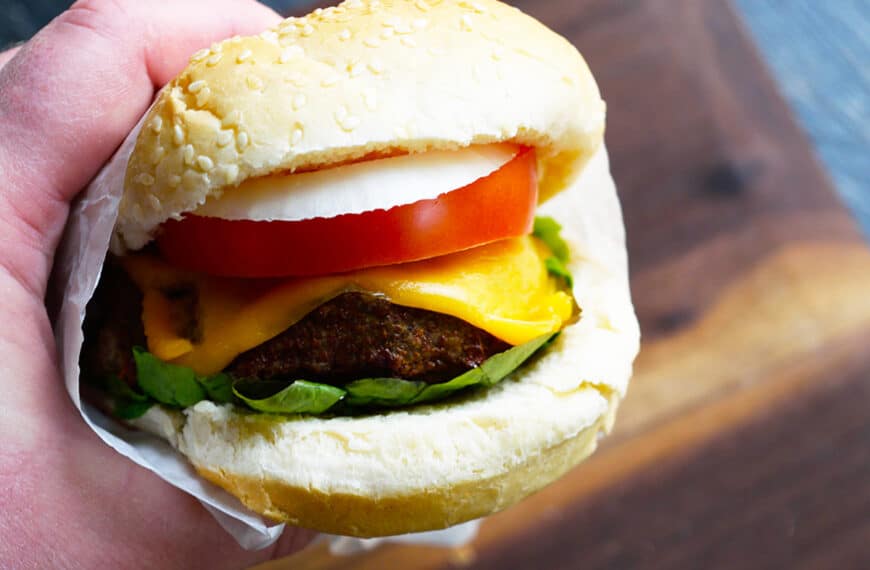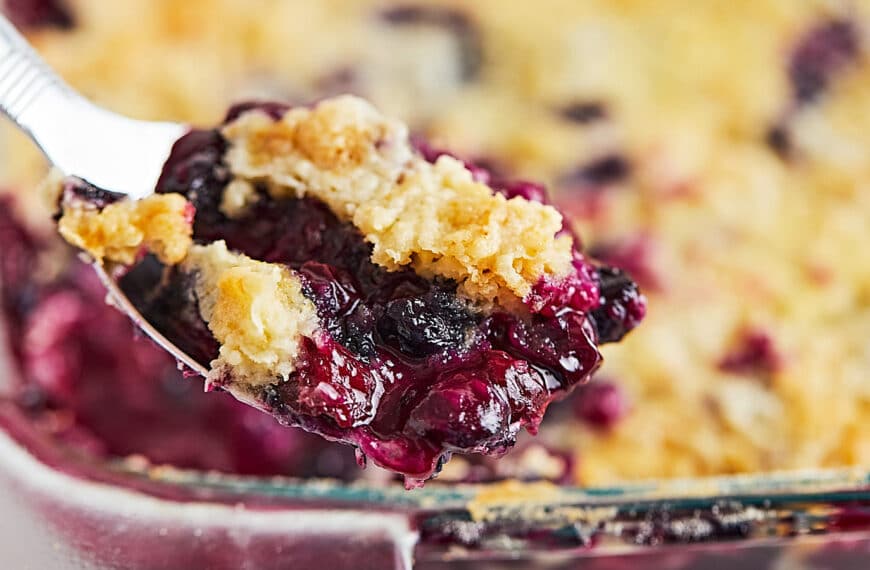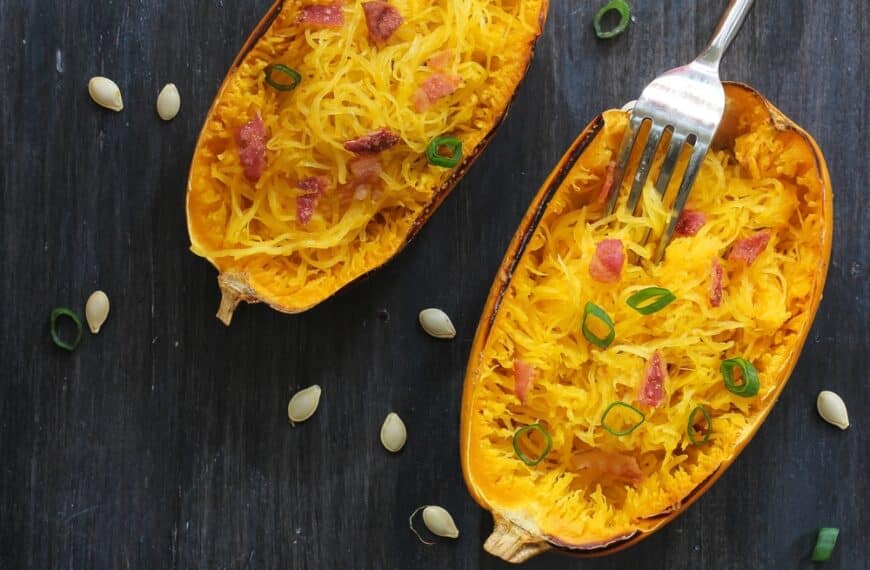Popcorn is a beloved snack the world over. While some countries avoid corn, believing it to be reserved for animal food, most have embraced the popped kernels in all their white and yellow glory.
Popcorn is a versatile snack that people can enjoy, sweet or savory, because it can be combined with all kinds of toppings and mix-ins with delicious ease.
Let’s talk about how to make flavored popcorn, including making the perfect batch, the different types of popcorn kernels, and tips for achieving perfectly popped popcorn every time. You’ll also get ideas and recipe suggestions for making delicious, sweet, or savory popcorn.
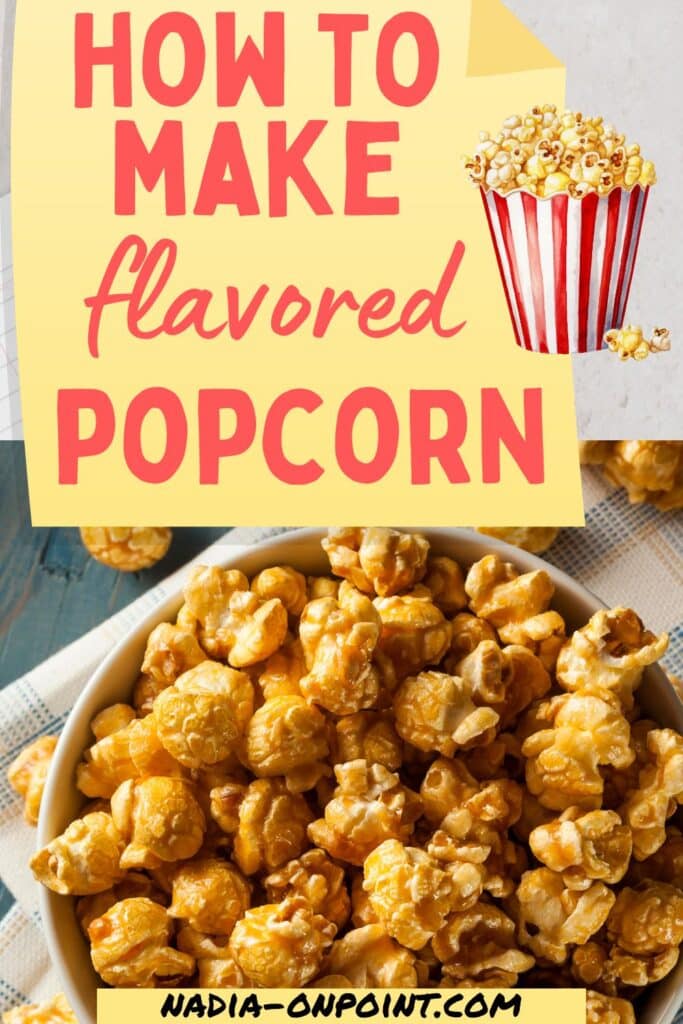
The Basics of Popcorn
Most popcorn kernels are divided into either white or yellow popcorn. So, how do you choose which one to use? Here’s the breakdown.
White Popcorn
White popcorn is often what you buy in stores already popped and bagged. It’s more delicate and takes on milder flavored toppings well. It gives you a lighter, softer texture.
Opt for white popcorn when you have more delicate toppings such as butter and salt, olive oil, herbs (such as rosemary or thyme), parmesan cheese, honey, maple syrup, or truffle oil.
Yellow Popcorn
Yellow popcorn is what you get in many movie theaters and handles stronger flavored toppings well. It also gives you a chewier texture.
Choose yellow popcorn when you have more robust flavors you want to add. Toppings that will benefit from the support of a tougher popped kernel like syrups, strong-flavored cheeses (such as cheddar cheese), barbecue seasoning, Buffalo sauce, cajun spice, honey mustard, or any number of homemade popcorn seasoning blends. In fact, homemade popcorn seasoning can be a fantastic way to play around with the flavors of your popcorn. You are only as limited as your spice cabinet.
Mushroom Popcorn
One of the more popular types of popcorn is called Mushroom popcorn. This popcorn is the type sold at carnivals and in popcorn shops. It’s a thicker, more significant, more robustly shaped kernel of popcorn that pops in almost a perfect circle that resembles a fat mushroom.
Mushroom popcorn, like yellow popcorn, can handle stronger flavored toppings. It’s perfect for candy coatings, caramelized toppings, and kettle corn.
How to Make Flavored Popcorn Perfectly Every Time
- Ensure your popcorn kernels aren’t too old because old kernels won’t pop evenly.
- If you use oil to pop your popcorn, pick one with a high smoke point. Avocado oil or coconut oil are good choices. Smoke from lower smoke point oils often adds a smokey or burnt flavor to your popcorn.
- Always preheat your oil. Putting the popcorn kernels into cold oil keeps the popcorn from popping as evenly. Adding it to hot oil will help the kernels pop faster, making them less likely to burn.
- Don’t overcrowd your kernels. Too many popcorn kernels at once will result in uneven popping. Add only enough kernels to somewhat cover the bottom of your pot or pan.
- Keep the popcorn moving. This means constantly shaking the pot or pan while the kernels pop. This will keep the corn from burning on the bottom of the pot or pan.
- Cover the pot or pan. This should go without saying because you want to keep your popping kernels in your pot or pan. However, most people don’t realize that the steam that builds up in the pot also helps pop the corn faster, which means less burning and more even popping. Just let the popcorn sit for a bit before removing the lid so the steam doesn’t burn you.
- Season while warm. Your seasoning will stick to your popcorn better if you add them while the popcorn is still warm.
- Let your popcorn cool after seasoning. You can still enjoy it while it’s slightly warm, but resting between seasoning and eating it will allow the seasonings to penetrate the popcorn.
When is Popcorn Done Popping?
Popcorn is done when you hear the popping slow down to about 2 to 3 seconds between pops. Make sure you remove the entire pot or pan from the burner. Simply turning off the heat won’t always do the trick. Move the whole thing to a heat-safe surface to prevent burning.
How to Store Popped Popcorn
The one and only trick to storing plain, popped popcorn properly is to make sure it’s enclosed in something airtight. Popcorn will lose its crunchy texture if it’s exposed to air. It should last for one to two weeks without losing much crunchiness if stored properly.
Note that if you have poured sauce or butter on your popcorn, you’ll want to eat it within 2 to 3 days at most. Popcorn doesn’t hold up for very long once you’ve introduced a wet ingredient to it. It will become quite soggy.
Basic Popcorn Recipe
- Heat 2 tablespoons of oil in a large pot or pan with a tight-fitting lid.
- Once the oil is hot, add a 1/4 cup of popcorn kernels and cover the pot or pan.
- Keep the pot or pan moving while the kernels pop. The popping will slow down to one pop about every 2 to 3 seconds. Remove the pot from the hot burner and carefully lift the lid. Open it to the back so you don’t get burned by any steam.
- Add salt to your liking and enjoy.
Exotic Flavored Popcorn Recipes to Try
If you want to get a little adventurous with your popcorn recipe, give one of these a try.
Wasabi Popcorn
- 1/4 cup popcorn kernels
- 2 tablespoons oil
- 1 tablespoon melted butter
- 1-2 teaspoons wasabi powder (adjust to taste)
- Salt, to taste
Mix the wasabi powder into your melted butter and pour on after popping. Add salt to taste.
Masala Popcorn
- 1/4 cup popcorn kernels
- 2 tablespoons oil
- 2 tablespoons melted butter
- 1 teaspoon ground cumin
- 1 teaspoon ground coriander
- 1/2 teaspoon turmeric
- 1/2 teaspoon paprika
- 1/4 teaspoon cayenne pepper (optional – adjust to taste)
- Salt, to taste
- Fresh cilantro leaves, chopped (optional, for garnish)
Mix the spices with the melted butter and pour on after popping. Add salt to taste and sprinkle with fresh cilantro if using.
Sweet Popcorn Flavors
If you want sweet popcorn, you have a lot of options for toppings. Most folks will choose sauce or syrup to make the popcorn sticky and then add any other flavoring they like.
Syrup suggestions: honey, maple syrup, agave syrup, caramel sauce, chocolate sauce, melted nut butter, or melted marshmallow
Once you have your syrup drizzled on, you can add anything that will stick to it. Always consider adding a pinch of salt to sweet popcorn to make the sweetness pop.
Sweet topping suggestions: cocoa powder, ground cinnamon, nutmeg, chocolate chips, peanut butter chips, toffee bits, butterscotch chips, marshmallows, sprinkles, crushed cookies, crushed candy pieces, dried fruits such as raisins or cranberries, nuts, coconut flakes, candied ginger, and granola
Savory Popcorn Flavors
For savory or salty flavors, you can still add a sticky component.
Savory sauce suggestions: soy sauce, Worcestershire sauce, hot sauce, sriracha, barbecue sauce, olive oil, balsamic glaze, or just regular, melted butter
While you don’t have to add one of these, they help get other flavorings and seasonings to stick.
Savory seasoning suggestions: salt, garlic powder, onion powder, parmesan cheese, cheddar cheese powder, ranch seasoning, taco seasoning, cajun seasoning, pepper, Italian seasoning, rosemary, thyme, oregano, bails, dill, smoked paprika, chipotle powder, curry powder, cumin, coriander, sesame seeds, lemon or lime zest, chili flakes, nori flakes, cayenne pepper, chili powder, bacon bits, minced roasted garlic, or wasabi powder
The Right Salt for the Job
It may not seem like it, but the salt you use can make or break your bowl of popcorn. Here are some types of salt to consider.
Fine Grain vs. Coarse Grain
Fine salt: This will get distributed over your popcorn more evenly and stick to the popcorn better. This can sometimes be labeled as popcorn salt in grocery stores.
Coarse salt: Coarse salt is perfect if you love a saltier flavor and crunchy texture. While it won’t adhere as well to the kernels, it will give you a more robustly salty flavor and add to your popcorn’s overall crunch.
Flavored Salts: Try garlic salt, truffle salt, or smoked salt to add new depths of flavor to your popcorn.
Sea Salt vs. Table Salt vs. Kosher Salt
Sea salt has bigger salt crystals, so it will behave more like coarse salt on your popcorn.
Table salt is generally a finer grain that will adhere better to popcorn, but it is more processed if that matters to you.
Kosher salt is more coarse than table salt and will add a bit of extra crunch to your popcorn.
Methods For Making Popcorn
You have three main options for popping popcorn: Stovetop, microwave, and air popper.
The stovetop will require more fat for cooking. The microwave is great for microwaving bags of popcorn you buy from the store, and an air popper is wonderful for cutting back on fat normally used to make your popcorn.
Which method you choose is entirely up to you. None of them have any benefit over the other, except that with the stovetop or air popper, you have more of a choice of which popcorn to use. With prepackaged popcorn, you get whatever type they are selling.
That said, newer appliances have hit the market in recent years that give you more options for popping popcorn. These days, you can make popcorn in an air fryer or even Instant Pot popcorn. But most people opt for one of the original methods.
Popped To Perfection
A good popcorn recipe is a fantastic snack for sharing or enjoying alone. It’s a great way to enjoy a movie or just for hanging out with friends. It’s affordable and easy to make, and the flavor combinations are endless. Plus, you can make it as healthy or indulgent as you like. You can’t go wrong with a big bowl of popcorn.
This article originally appeared on Pink When.
About the author
Tiffany McCauley
Tiffany McCauley is an award-winning cookbook author andfood blogger. She has been featured on MSN, Huffington Post, Country Living Magazine, HealthLine, Redbook, and many more. She has helped thousands of people learn to cook simple, clean, and healthy foods in their own home kitchens. She lives in Maine and loves Elvis, sunflowers, and a good seafood chowder, as well astravel writing.

